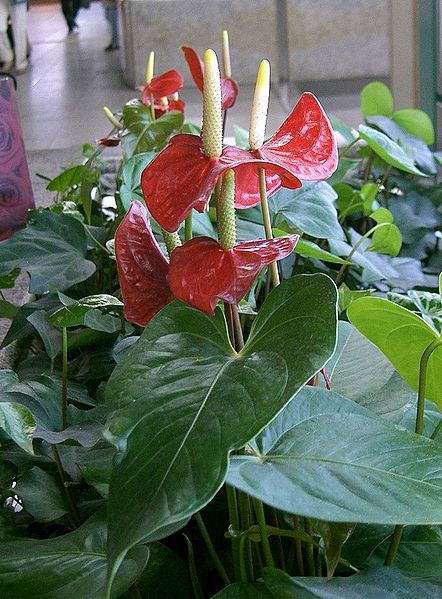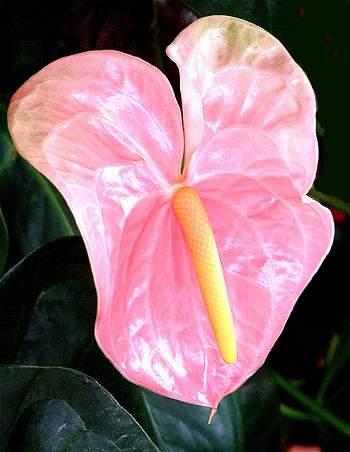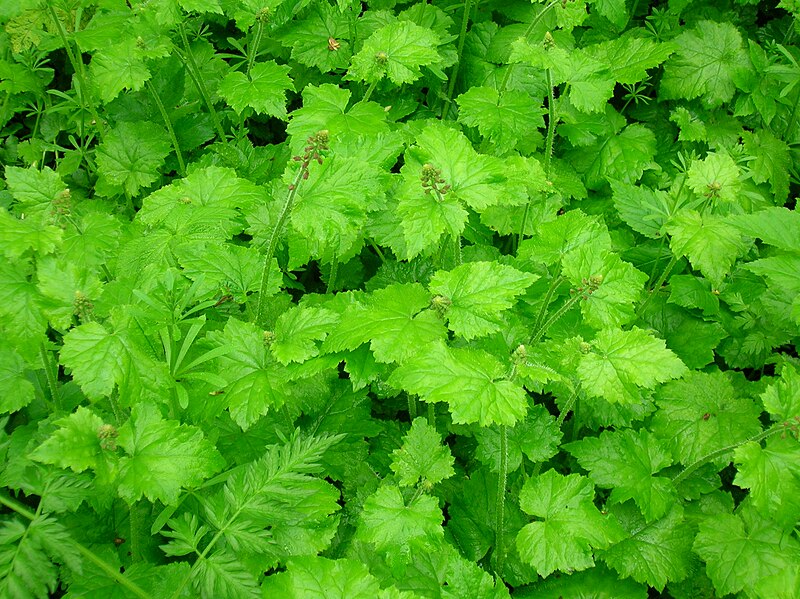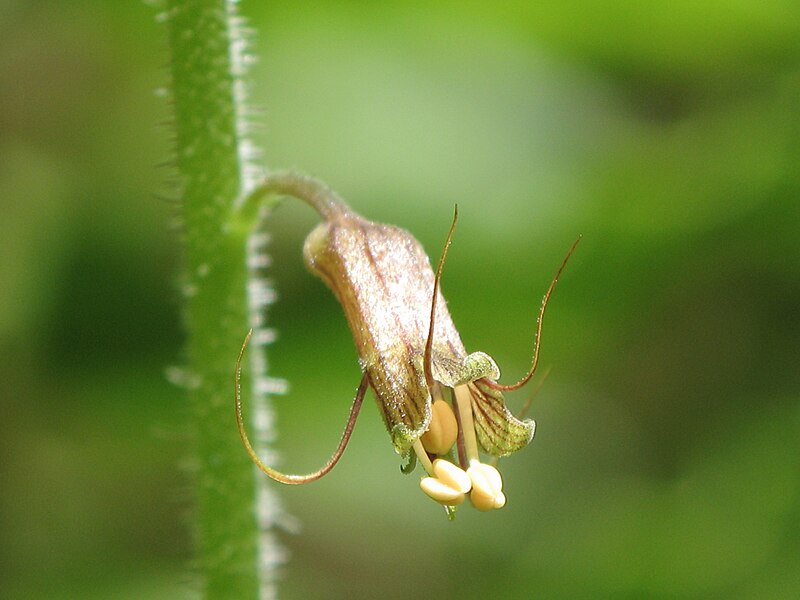 Flamingo flower is a tropical, evergreen flowering plant which thrives in low light. It's one of the few low light plants that will flower in normal household conditions, and the blooms are a beautiful sight to behold. The foliage of flamingo flower is also appealing for indoor gardening, and the plant will live happily for many years with proper care and maintenance. Flamingo flower has been hybridized for the past 100 years, and various compact hybrids are available, all of which are ideal for indoor containers. One plant may live for as long as five years, or indefinitely when propagated through division.
Flamingo flower is a tropical, evergreen flowering plant which thrives in low light. It's one of the few low light plants that will flower in normal household conditions, and the blooms are a beautiful sight to behold. The foliage of flamingo flower is also appealing for indoor gardening, and the plant will live happily for many years with proper care and maintenance. Flamingo flower has been hybridized for the past 100 years, and various compact hybrids are available, all of which are ideal for indoor containers. One plant may live for as long as five years, or indefinitely when propagated through division.Description:
Several very compact varieties of flamingo flower may only reach about 12 inches in height, but larger varieties can grow up to 18 inches in height and width. Leaves are dark green in color, roughly heart-shaped, formed on long-stems and can reach 8 to 10 inches in length. They are waxy in appearance, similar to the flowers. In fact, many people have commented that the leaves and flowers of the plant appear artificial due to their plastic-like texture.
 Flamingo flowers bloom nearly year round, with one plant producing as many as six flowers in a year. Each flower lasts around 6 weeks before fading, or 2 to 3 weeks when cut. The showy, waxy flowers can be red, pink or white in color, and are the real reward of caring for this low light tropical plant. However, one of the most interesting characteristics of flamingo flower is the erect spadix, which protrudes above the spathe and can reach 3 inches in length.
Flamingo flowers bloom nearly year round, with one plant producing as many as six flowers in a year. Each flower lasts around 6 weeks before fading, or 2 to 3 weeks when cut. The showy, waxy flowers can be red, pink or white in color, and are the real reward of caring for this low light tropical plant. However, one of the most interesting characteristics of flamingo flower is the erect spadix, which protrudes above the spathe and can reach 3 inches in length.Other Names:
The botanical name for flamingo flower is anthurium, which comes from the Greek anthos, meaning flower, and oura, meaning tail. The name refers to the distinctive shape of the spadix, or flower spike. Common names include flamingo lily, little boy flower and little boy plant, which are also in reference to the spadix.
Habitat:
Native to the wet, tropical rain forests of Central and South America, flamingo plant grows best in moist, humid low-light conditions. The plant may even be grown outdoors in mild climates, but performs best as a houseplant in most locations. Some species climb or vine, and these will benefit from a totem or trellis, although most varieties are fine in a medium-sized plastic or clay pot.
The flamingo flower prefers soil consisting of three parts peat moss to one part chopped sphagnum moss, with a little charcoal and loam mixed in. Other potting soils rich in peat are also suitable, such as an African violet mix. Fill the pot one-third of the way full with pebbles or crocks for added drainage, which is very important to the health of the arthuriums. Heap the soil over the areas where the leaves join the underground stems to keep the roots moist and prevent them from drying out.
Light:
Filtered, low light is best for the flamingo flower. It can be placed several feet from a well-lit window, where it will thrive and even bloom regularly. It should never be placed in direct sunlight.
Temperature:
A constant temperature of between 60 and 75 degrees Fahrenheit yields the best results. Flamingo flower is happiest when there is little change between daytime and nighttime temperatures, which makes it ideal for indoor gardening. If the temperature drops below 55 degrees Fahrenheit for any length of time, the leaves will turn yellow and may even drop. Keep the plant warm and it will reward you with beautiful blooms all year.
Flamingo flower needs evenly moist soil during the spring and summer months. Water once or twice per week as necessary to keep the soil moist, but be careful that it isn't wet for long periods of time. In the fall and winter, watering can be reduced, but the soil should never be allowed to dry out completely. Water approximately once per week or anytime the top of the soil becomes dry to the touch. Wipe the leaves down with a clean cloth soaked in warm water once every week or two to remove dust and/or insects.
Humidity:
High humidity is necessary all year in order for flamingo flower to thrive. The shiny texture of the leaves will be lost if the humidity drops below 50 percent for several days in a row, and the plant could die if conditions persist. To raise the humidity around the plant, place pots on trays filled with moist gravel, mist several times per day with lukewarm water or keep a humidifier near the plant at all times.
Fertilizer:
Feed flamingo plants once per month in spring through late summer using a high-phosphorus plant food. In fall and winter, feed once every six weeks using a balanced houseplant fertilizer. Refer to the manufacturer's instructions for proper dosage and application.
Repot flamingo flower in spring once every one to two years, moving to a slightly larger pot each time. Set the plant high in the pot, so that the crown is visible just above the soil line. Sprinkle the roots with moss or a thin layer of potting soil if they are visible at the surface of the soil after repotting. Propagate if necessary while you have the plant out of the pot, and water thoroughly after transplanting to settle the soil.
Propagation:
Flamingo flower is best propagated by division in early spring, but only when the plant produces a new crown more than an inch away from the main crown. While repotting, gently pull the new crown away from the plant, and place in a small container. If proper care is provided, the new flamingo flower should begin to bloom after about a year.
Pests/Diseases:
Mites, scales and mealybugs may become a problem for flamingo flower. Check the foliage regularly for signs of pest infestation, and treat with a recommended pesticide according to the manufacturer's directions.
Keep flamingo flower away from curious pets and small children. The foliage contains calcium oxalate crystals and several other toxic components which can cause severe burning of the mouth and skin irritation in humans and animals. Wear gloves while handling and repotting the plant, and always wash your hands thoroughly after touching, just to be safe.






